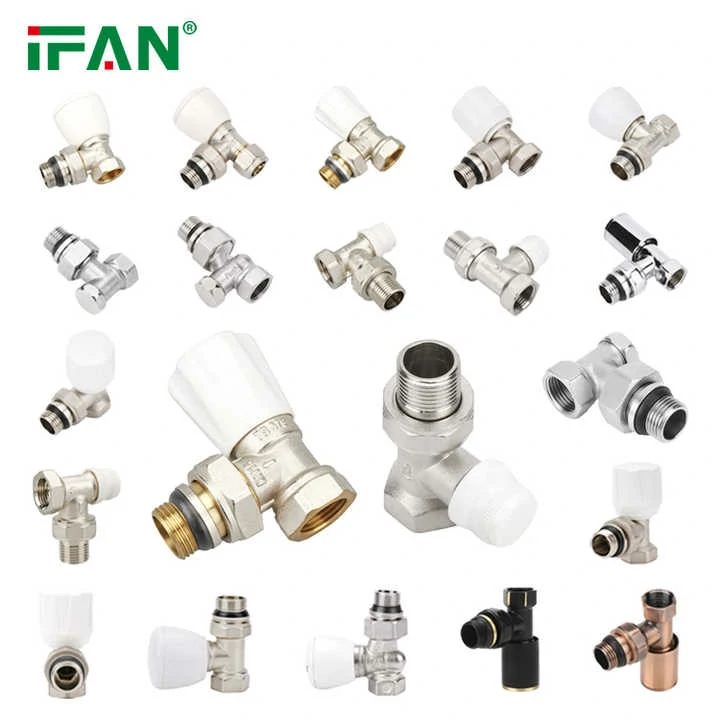Introduction to Brass Angle Valves
Brass angle valves are essential components in plumbing systems, used to control water flow to fixtures like sinks and toilets. Their size is a critical factor in ensuring proper fit and functionality. This article explores the most common brass angle valve sizes and their applications.
Standard Sizes for Residential Use
The most common brass angle valve size for residential use is 1/2 inch. This size fits standard household plumbing and is compatible with most fixtures. For example, in a bathroom sink, a 1/2-inch brass angle valve ensures efficient water control and easy installation.
Larger Sizes for Commercial Applications
In commercial settings, larger brass angle valves, such as 3/4 inch, are often used. These valves handle higher water flow rates required in commercial kitchens and restrooms. For instance, in a restaurant, 3/4-inch brass angle valves provide adequate water supply to multiple sinks and appliances.
Metric Sizes in International Markets
In international markets, brass angle valves are available in metric sizes, such as 15mm and 20mm. These sizes are common in Europe and Asia. For example, in a European apartment, 15mm brass angle valves are standard for connecting to sinks and toilets.

Choosing the Right Size for Your Needs
Selecting the correct brass angle valves size depends on the application and local plumbing standards. Always measure the pipe diameter and consult local codes. For instance, in a home renovation, choosing the right size ensures compatibility and prevents leaks.
Impact of Valve Size on Water Flow
The size of a brass angle valve affects water flow and pressure. Larger valves allow higher flow rates, while smaller valves restrict flow. For example, in a garden irrigation system, a 3/4-inch brass angle valve ensures sufficient water supply for multiple sprinklers.
Installation Considerations
Proper installation is crucial for brass angle valves of any size. Ensure the valve matches the pipe diameter and use appropriate fittings. For example, in a new construction project, correctly sized brass angle valves prevent installation issues and ensure system efficiency.
Common Issues with Incorrect Sizes
Using the wrong brass angle valves size can lead to leaks, reduced water pressure, and installation difficulties. For instance, in a commercial building, undersized valves may cause inadequate water supply to fixtures, affecting operations.
Conclusion
The most common brass angle valves size is 1/2 inch for residential use, while 3/4 inch is typical for commercial applications. Metric sizes like 15mm and 20mm are standard in international markets. Choosing the right size ensures proper fit, efficient water flow, and system reliability. By understanding the importance of valve size and following installation best practices, users can maximize the performance of brass angle valves in various applications.

